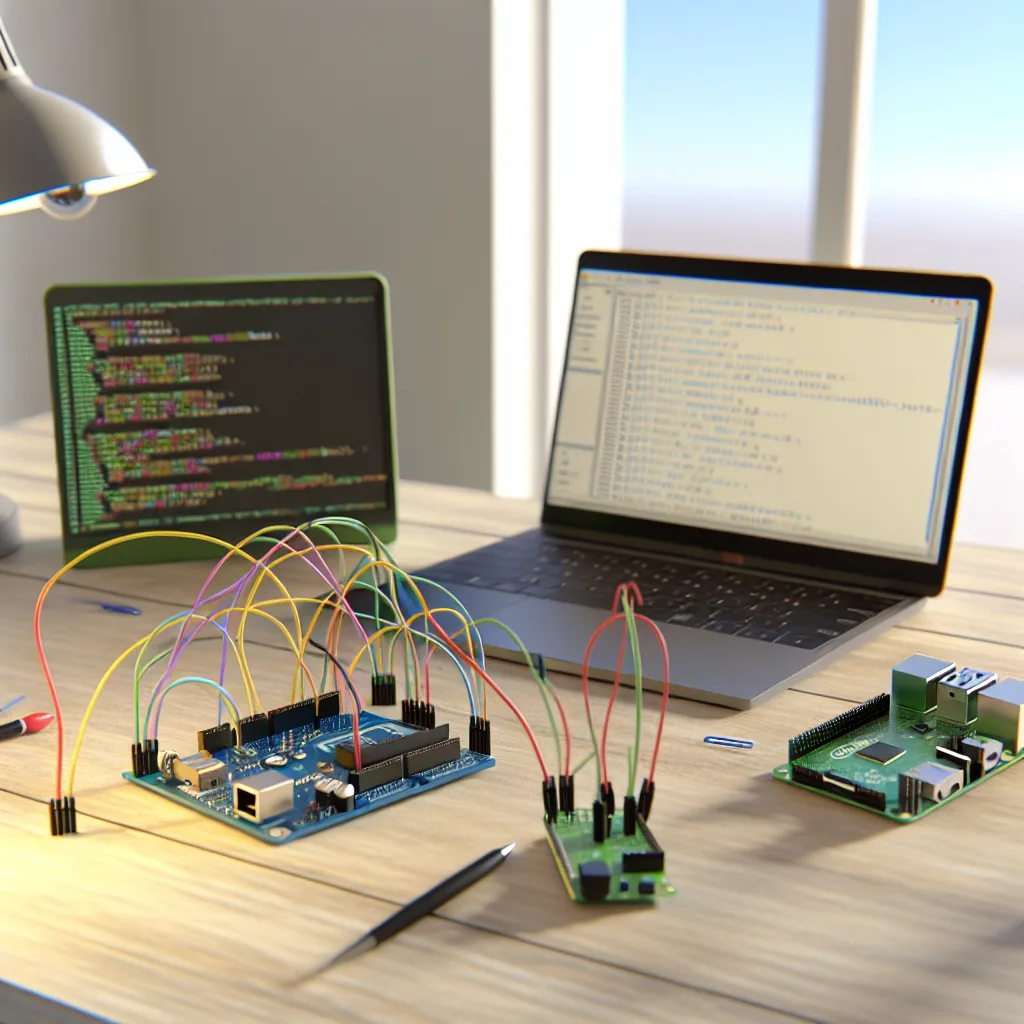Creative and doable home automation projects perfect for a 10th-grade group
If you’re a high school student interested in home automation projects, there’s a bunch of exciting ways to get creative with Arduino, Raspberry Pi, and a bit of programming. Tackling a smart home project not only looks cool but also teaches you practical skills about circuits, coding, and device integration.
Why Choose Home Automation Projects?
Home automation projects are fantastic because they combine software and hardware, giving you hands-on experience in both. Plus, they’re relevant to today’s tech-driven lifestyle. Working on these kinds of projects will help you and your team understand how smart devices can make everyday life easier and how to bring them to life yourself.
Some Project Ideas That Might Spark Your Interest
Here are some ideas that use electric circuits plus Arduino or Raspberry Pi and include useful programming:
- Smart Lighting System: Create a system where lights turn on/off automatically based on motion or time of day. Use motion sensors and program the Arduino to control LEDs or regular bulbs.
- Automated Plant Watering: Set up moisture sensors in plants’ soil connected to a small water pump controlled by a Raspberry Pi. This project teaches you about sensors, actuators, and basic IoT concepts.
-
Home Security Alert: Build a simple security system that detects door/window openings using magnetic sensors and sends alerts via Wi-Fi. You can program notifications to a phone or email.
-
Temperature-Based Fan Controller: Use temperature sensors to detect room heat and turn on fans automatically when it gets too warm, helping with energy efficiency.
-
Voice-Controlled Devices: Integrate a microphone sensor and use basic voice recognition libraries to switch a device on or off, like a lamp or fan.
Tips for Your Group Project
- Plan ahead: Decide roles based on what each member enjoys—circuit design, programming, documentation.
- Start simple: It’s easier to add features once the basic functions work.
- Use reliable resources: Official Arduino website and Raspberry Pi foundation are great spots for tutorials and code examples.
- Test your code regularly: Debugging early saves time later.
Learning Along the Way
By choosing home automation projects, you’re diving into the future of smart living. It’s not just about building something cool, but also understanding how different devices communicate and work together. Plus, you’ll get to practice programming, electronics, and even problem-solving.
Final Thought
These home automation projects are achievable yet complex enough to impress your classmates and teachers. Whether you pick a security alert system or automated plant watering, you’ll finish the project with both knowledge and something you can be genuinely proud of.
For more inspiration and technical guidance, check out Adafruit’s tutorials and explore Instructables’ smart home projects. Excited to see what you make!
